12 female physicists you need to know about

THE NEW syllabus will focus on the modern usage and technical understanding of physics concepts such as thermodynamics and quantum physics, but has been criticised by education researchers for glossing over the history of the development of physics. In particular, science advocates are concerned that the new syllabus does not recognise the work of female scientists.
The syllabus fails to mention the name of a single female physicist in the 47 scientists who are mentioned 93 times. Kathryn Ross and Tom Gordon, Physics Education researchers at the University of Sydney, believe that the new syllabus will not provide students with female role models, which can discourage girls from pursuing STEM careers.
Over the past century, women have made major contributions to physics, particularly in the fields of radioactivity, nuclear physics, astrophysics and astronomy. Today, contemporary female physicists – who include several Australians – are carrying out groundbreaking research and advancing both theoretical and experimental physics.
To celebrate their contributions and discoveries, Australian Geographic has made a compilation of 12 prominent female scientists who have changed – or are changing – the face of physics.
1. Marie Curie (1867-1934)
The Polish-born, French-naturalised physicist and chemist carried out pioneering research on radioactivity (a term which she and her husband Pierre coined). Their work on radioactivity, the process by which an unstable atom loses electrons by emitting radiation, paved the way for nuclear energy and medicine. The Curies developed techniques for isolating radioactive isotopes and discovered two radioactive elements, polonium and radium. In 1903, Curie became the first female Nobel laureate for her research on radioactivity. In 1911 she was also awarded the Nobel Prize in Chemistry for her discovery of the two elements, and she remains the only person to be awarded in multiple sciences.

2. Lise Meitner (1878-1968)
The German-Swedish physicist specialised in radioactivity and nuclear physics. With the German chemist Otto Hahn, she led a group of scientists who first discovered the nuclear fission of uranium. The fission process, which splits the atomic nucleus of uranium to release an enormous amount of energy, was the basis for the nuclear weapons developed by the U.S. in World War II. Meitner was the first woman to be appointed full Professor of Physics in Germany before she was forced to flee for Sweden due to Nazi persecution. The 1944 Nobel Prize for Chemistry was solely awarded to her colleague Otto Hahn, many believe unjustly.
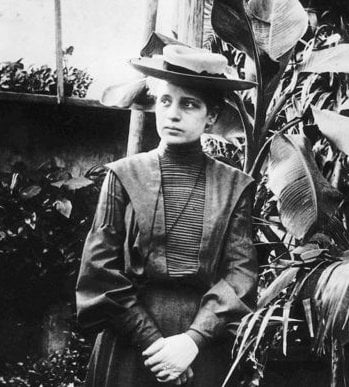
3. Maria Goeppert-Mayer (1906-1972)
The German-born American theoretical physicist proposed the nuclear shell model of the atomic nucleus and in 1963 became the second woman to win a Nobel Prize in Physics. Goeppert-Mayer’s mathematical model explained why certain numbers of nucleons (protons and neutrons) in a nucleus result in stable atomic configurations. Her contributions were celebrated by her appointment as full Professor of Physics at the University of California and her election as a fellow of the American Academy of Arts and Sciences.
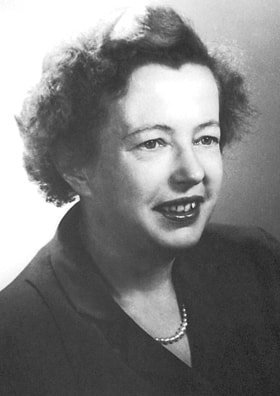
(Image credit: Nobel Foundation)
4. Ruby Payne-Scott (1912-1981)
The Australian was a pioneer in radio astronomy, the study of celestial objects at radio frequencies, and radiophysics. The first ever female radio astronomer, Payne-Scott was instrumental in making Australia a global leader in radio astronomy in the 1940s. She discovered several types of radiation bursts originating from the sun and played a major role in the first-ever radio astronomical interferometer observation, an important investigative technique in astronomy.
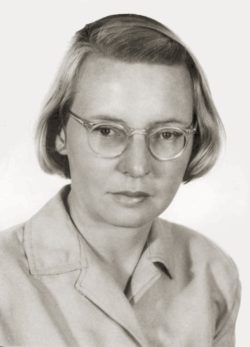
(Image credit: Peter Gavin Hall)
5. Rosalind Franklin (1920-1958)
The English chemist was highly accomplished in the field of X-ray crystallography, a method of determining molecular and atomic structures using X-ray diffraction patterns. Her expertise was instrumental in producing the first X-ray diffraction images of DNA and confirming its double helix structure. She also led pioneering work on the molecular structure of viruses. However, three other researchers were awarded the Nobel Prize for discovering the DNA double helix in 1962, after Franklin’s untimely death.
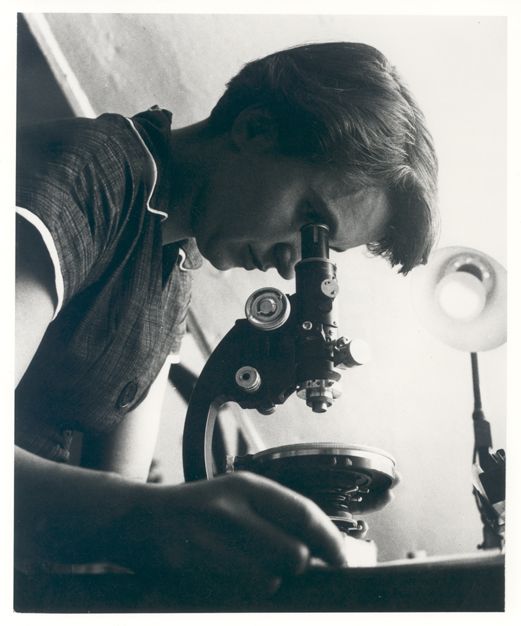
(Image credit: MRC Laboratory of Molecular Biology)
6. Vera Rubin (1928-2016)
The American astronomer conducted pioneering work on galaxy rotation rates, providing evidence for the existence of dark matter. By studying galactic rotation curves, Rubin uncovered a discrepancy between the predicted and the observed angular motion of galaxies. This provided convincing evidence for dark matter ‒ a hypothetical, invisible form of matter which is central to the current understanding of cosmology. Rubin became a lifelong advocate for women in science and was honoured with the National Medal of Science
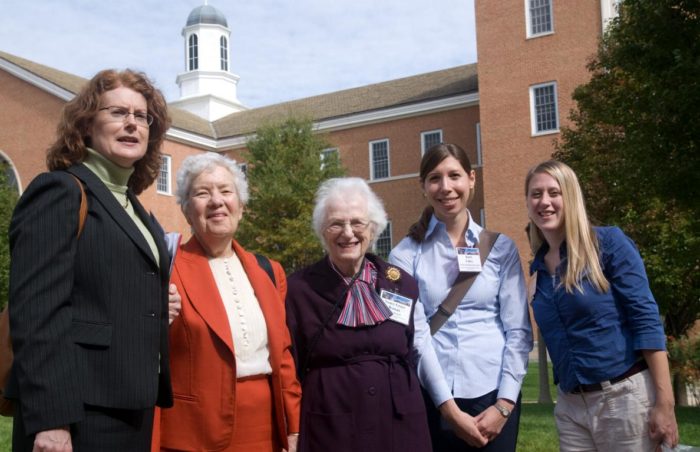
Vera Rubin, second from the left. (Image credit: NASA Sponsors Women in Astronomy and Space Science 2009 Conference)
7. Dame Jocelyn Bell Burnell (1943-)
The astrophysicist from Northern Ireland co-discovered the first radio pulsars (highly magnetised neutron stars or white dwarfs) while still a graduate student in 1967. Bell Burnell was the first to observe and precisely analyse the pulsars, which have been used to confirm the existence of gravitational radiation, a phenomenon of general relativity. The discovery was credited with the 1974 Nobel Prize in Physics, but Bell Burnell was excluded from the recipients. She later served as president of the Royal Astronomical Society and the Institute of Physics.
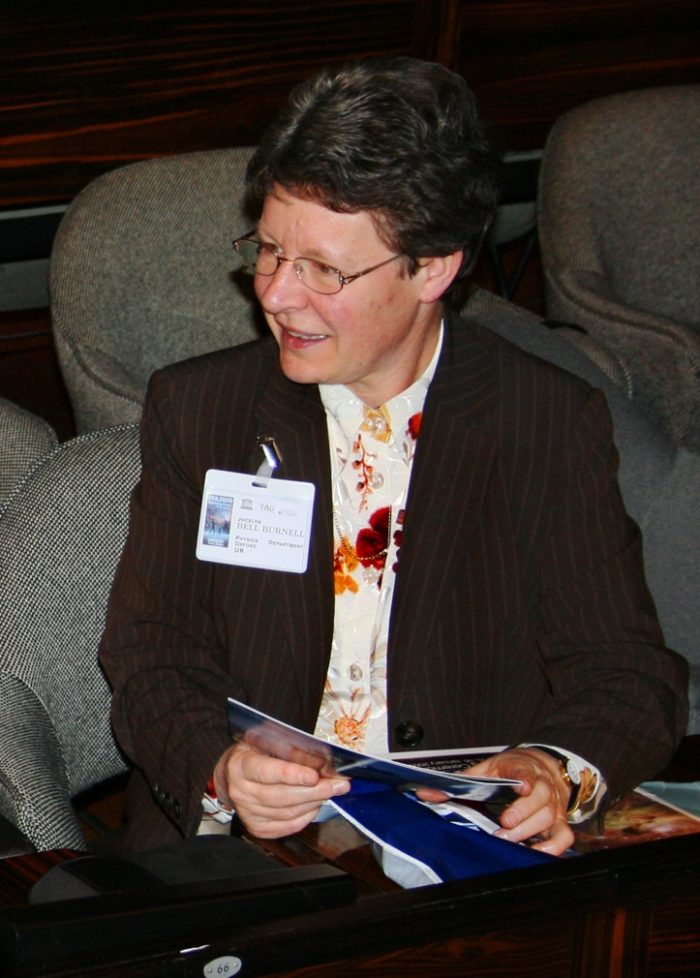
(Image credit: Dan Quinn)
8. Katherine Johnson (1918-)
The American physicist and mathematician’s calculations of orbital mechanics made possible the first and subsequent manned U.S. spaceflights. Johnson was employed for 35 years at NASA, where she calculated the trajectories, launch windows and emergency return paths for the first American in space and the first American in orbit. Her calculations were also used for the Apollo lunar lander and the beginning of the Space Shuttle program. A pioneer for women and African-Americans in STEM, Johnson was awarded with the Presidential Medal of Freedom in 2015.
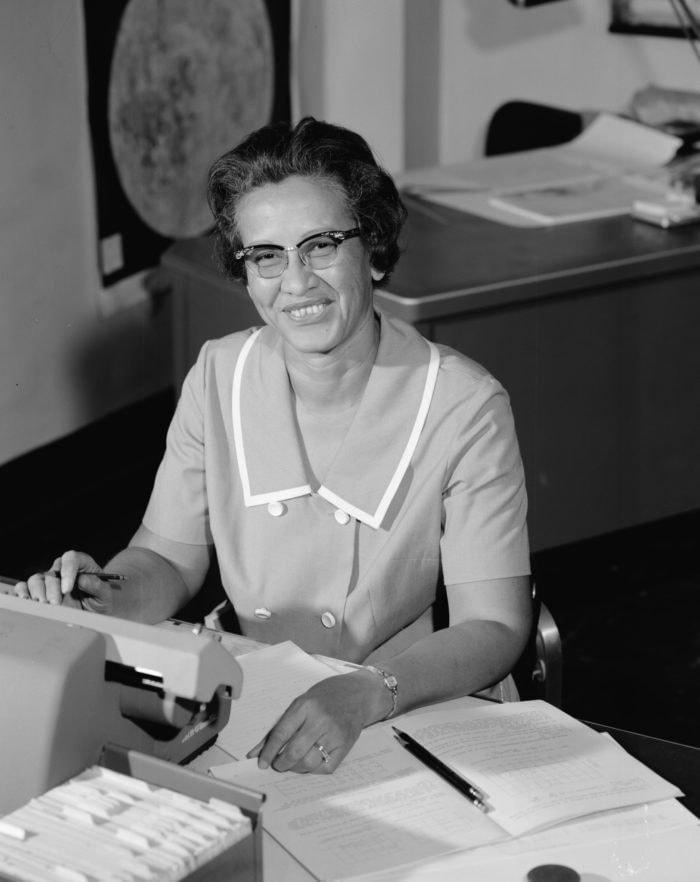
9. Helen Quinn
The Australian-born particle physicist and educator developed the Peccei-Quinn theory, which is related to matter-antimatter symmetry and explains a possible source of dark matter. She has also made significant contributions to the search for a unified theory of three types of particle interactions (strong, electromagnetic and weak interactions). Efforts to devise a unified framework are potentially the greatest goal of theoretical physicists today. Quinn held the position of Chair on the Board on Science Education of the National Academy of Sciences and has been awarded numerous honours for her work on particle physics.

10. Margaret Reid
The theoretical physicist at Swinburne University of Technology is carrying out pioneering work in new fundamental tests of quantum theory, applications of which include teleportation and cryptography. She developed a test for Einstein’s theory of entanglement, which has since been proven experimentally. Reid’s research could potentially provide the framework for a future quantum internet with unprecedented security benefits. Reid was elected a Fellow of the Australian Academy of Science in 2014.
11. Amanda Barnard
The Australian theoretical physicist currently works on predicting real world behaviour of nanoparticles using analytical models. Barnard’s research is highly interdisciplinary and involves developing and applying statistics and machine and deep learning to nanoscience, materials and molecular informatics using supercomputer simulations. In 2014, she became the first woman and the first person in the Southern Hemisphere to win the Feynman Prize in nanotechnology for her work on diamond nanoparticles.

12. Michelle Simmons
The Scientia Professor of Quantum Physics at UNSW is recognised internationally as a pioneer of atomic electronics and quantum computing. She has established a large research group dedicated to the fabrication of atomic scale devices, the only group worldwide that can create atomically precise devices in silicon. Silicon systems are a highly attractive base for quantum computing because they are potentially compatible with existing computer microelectronics. Simmons is leading Australia at the forefront of quantum computing science and she was named 2018 Australian of the Year.
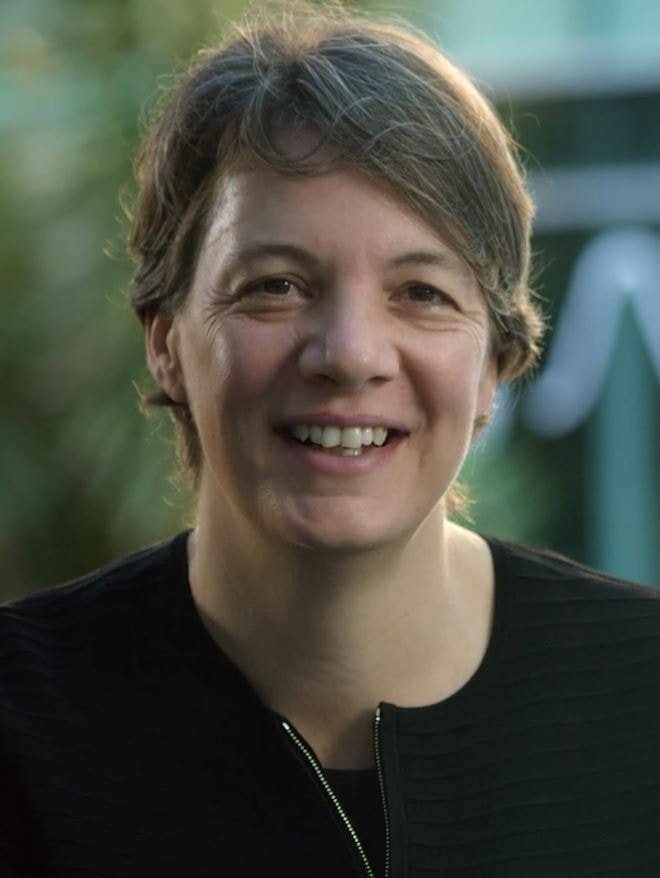
(Image credit: AustraliaUnlimited)
Have someone you think should be on the list? Let us know by emailing [email protected]




